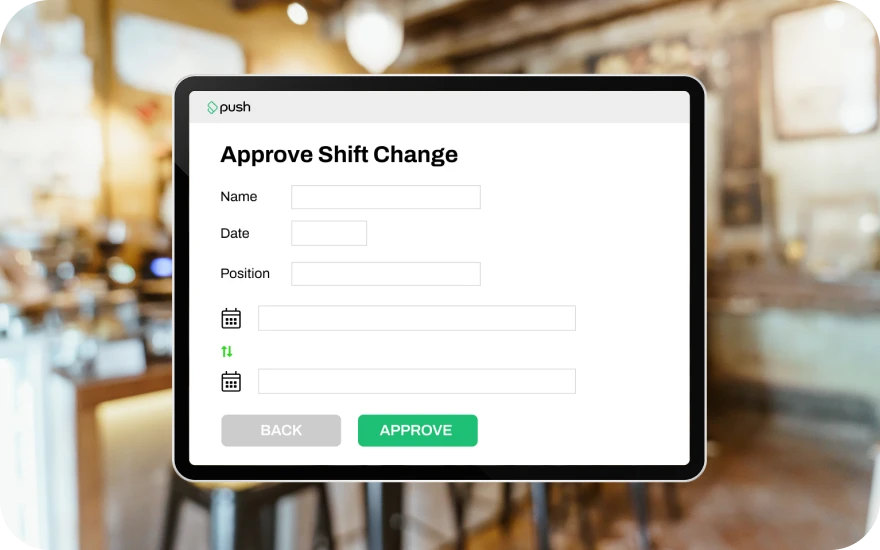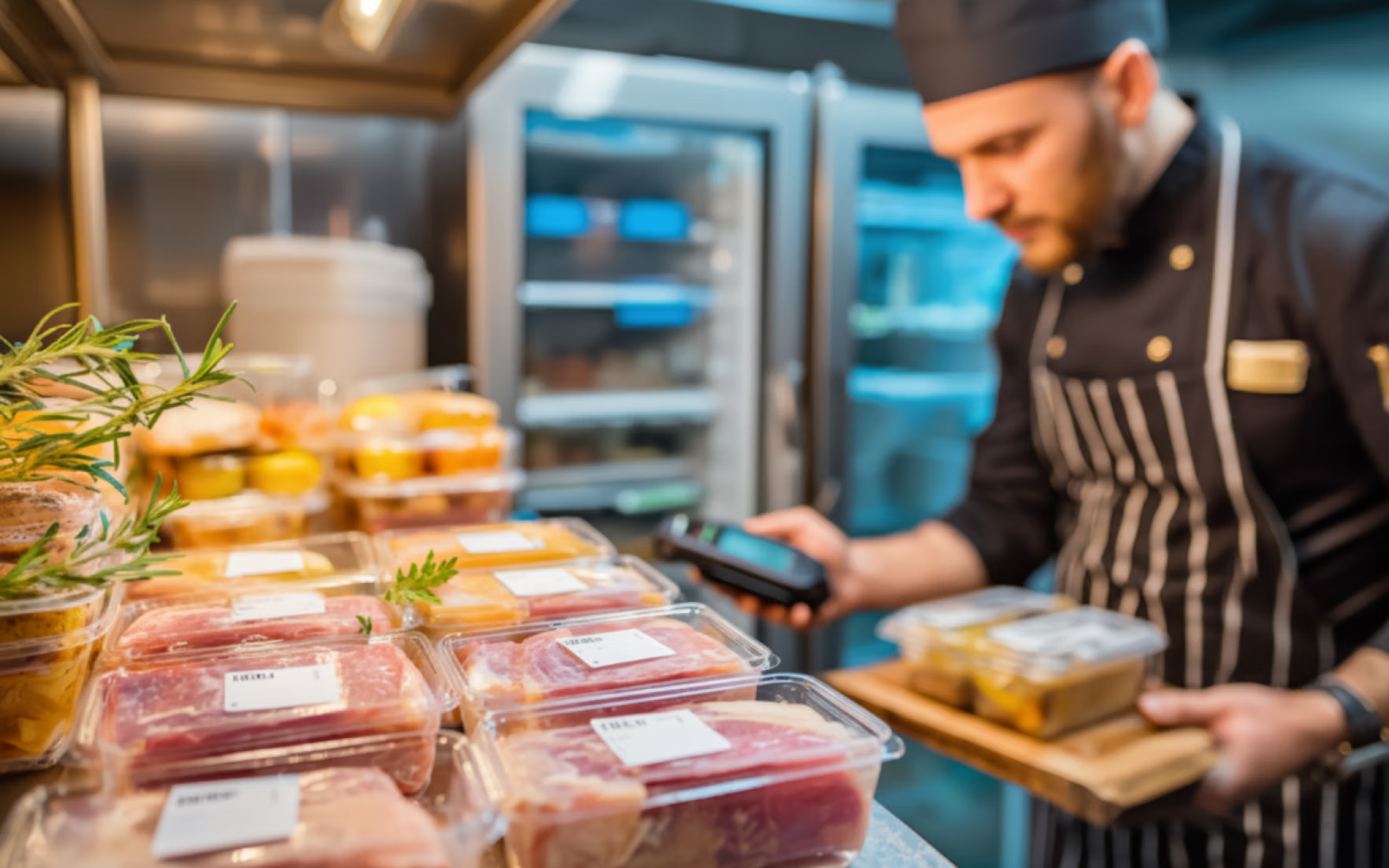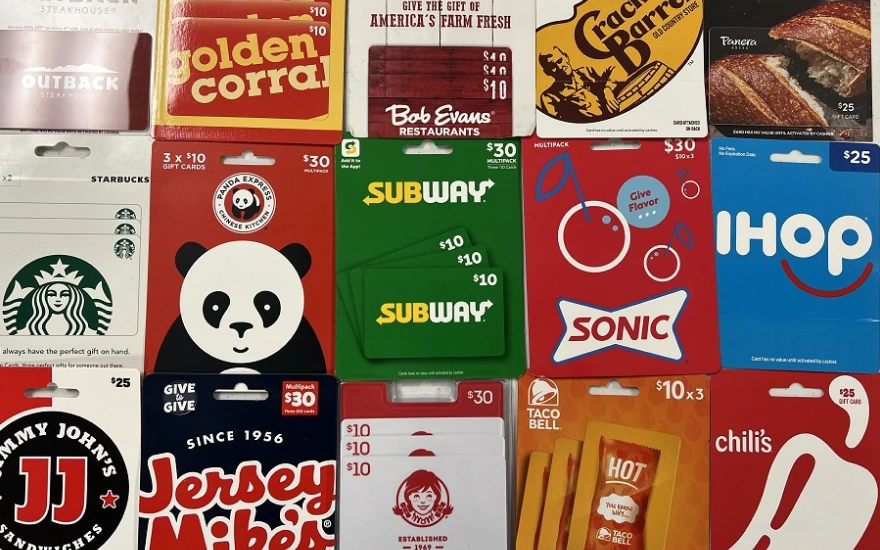Why Coffee Shops Are Shifting to Alternatives and How to Adapt

In February 2025, coffee prices reached a record high of $4.30 USD per pound, a staggering figure that’s sending ripples through the café and restaurant world. The spike, largely driven by severe droughts in Brazil and Vietnam (which together produce over half of the world’s coffee beans), isn’t just a short-term fluctuation. Industry analysts warn of sustained price instability as climate change continues to disrupt supply chains.
For independent cafés already operating on razor-thin margins, this surge in coffee prices isn’t just a sourcing issue but an existential one.
Why Is Coffee Getting So Expensive?
The current coffee crisis is a complex mix of environmental, economic, and logistical challenges:
- Climate volatility: Prolonged droughts and unseasonal frosts have devastated coffee crops in Brazil and Vietnam. Even minor climate disruptions can severely impact yield, quality, and harvest timelines.
- Increased global demand: Despite price hikes, global coffee consumption continues to climb, especially in developing markets and among younger demographics. Younger consumers are demanding more variety, including cold brews, flavored lattes, and ethically sourced beans. This trend puts added pressure on cafés to offer innovative menu items and deliver a personalized customer experience, often requiring more complex operations and specialized training for staff.
- Supply chain bottlenecks: Shipping delays, labor shortages, and rising transportation costs are making it harder for suppliers to deliver consistent, affordable products. As of early 2025, major U.S. ports are facing severe congestion, and a shortage of over 70,000 truck drivers is delaying inland distribution. Combined with container shortages and weather-related disruptions in key export countries like Brazil and Colombia, these issues are creating unpredictable delivery timelines and cost spikes across the entire coffee supply chain.
- Currency fluctuations: Many coffee-producing countries are experiencing currency instability, which adds another layer of unpredictability to pricing. Since coffee is traded globally in U.S. dollars, a weaker local currency means producers must spend more to import essentials like fertilizer, equipment, and packaging. At the same time, when local currencies lose value, the cost of coffee for international buyers can rise sharply, impacting the entire supply chain. This dynamic creates pricing pressure not just at the farm level, but all the way down to roasters, distributors, and eventually the local cafés that serve your morning cup.
These factors are pushing prices higher and forcing cafés to make difficult decisions: raise menu prices and risk alienating loyal customers, or absorb the costs and watch profits dwindle.
The Impact on Independent Cafés
Larger chains may have the resources to weather these disruptions, where they can negotiate bulk contracts, pivot sourcing strategies, or hedge against price swings. But for independent cafés and small roasters, this flexibility doesn’t always exist.
Here are just a few of the ripple effects local operators are facing:
- Menu strategy is getting riskier: With staple products like drip coffee or espresso-based drinks becoming more expensive to produce, cafés are reevaluating their menu mix. Do you cut your most popular item? Do you try to push higher-margin alternatives? There’s no one-size-fits-all answer, and that uncertainty can make planning a nightmare.
- Guest expectations are shifting: Consumers are becoming more health-conscious and open to trying new beverages, especially if they come with perceived benefits like improved focus, reduced anxiety, or better sleep. This has opened the door to alternatives like mushroom coffee, adaptogenic lattes, and even caffeine-free “wellness” brews. But adoption varies, and convincing regulars to swap their morning cup for something unfamiliar isn’t always easy.
- Operational complexity is growing: Offering a broader drink menu means more prep steps, more training, and more questions about sourcing, labeling, and compliance. For busy operators, this can quickly become overwhelming.

Coffee Alternatives Are on the Rise — But They Come with Tradeoffs
In the face of these challenges, some cafés are turning to alternatives as a genuine part of their survival strategy.
Mushroom-based brands offer a lower-caffeine (or caffeine-free) experience with functional ingredients like lion’s mane and cordyceps. Other operators are experimenting with roasted barley or chickpea-based drinks, both of which offer a similar roasted flavor profile at a much lower cost.
Beyond pricing, these alternatives come with marketing advantages, where they appeal to health-conscious customers, provide differentiation in a saturated market, and allow for higher margins due to their perceived wellness benefits.
But alternatives aren’t magic bullets. They often require different prep equipment, more staff education, and thoughtful customer communication. That’s where streamlined operations become essential for survival.

What This Means for Your Café's Day-to-Day
Rolling out new offerings while juggling inflation, labor shortages, and shifting consumer habits is no small feat. You might be wondering:
- How do we adjust scheduling if our morning rush shifts to the afternoon?
- How can we train new team members on these unfamiliar drinks?
- What happens to our labor costs when drink prep takes longer?
- And how do we know if these changes are actually helping or hurting our bottom line?
These are the kinds of operational questions that deserve just as much attention as the drinks themselves. Because in today’s environment, success is about having the right systems to support your team and strategy.
How Push Operations Can Help You Stay Flexible in a Changing Industry
Push Operations is an all-in-one workforce management platform designed with hospitality in mind. While your customers may only see the new turmeric latte on the menu, you’re managing the behind-the-scenes ripple effect from training to compliance to labor optimization.
Here’s how Push can support your shift to coffee alternatives (or any menu change):
1. Smarter Scheduling as Demand Evolves
If new drinks shift your peak hours or increase prep time, Push’s scheduling tools help you stay one step ahead by building data-driven schedules that reflect actual traffic patterns and avoid over- or under-staffing. Push also empowers managers to review and approve availability, swaps, and requests on the go via the mobile app.

2. Real-Time Communication for Daily Updates
From new seasonal drinks to daily specials, Push’s in-app messaging keeps your whole team in sync. Instantly share menu updates, recipe changes, or important announcements — with images, videos, or files included. Automatic read receipts ensure your baristas are always in the loop, and new team members are added to the conversation automatically.
3. Real-Time Labor Cost Tracking
When margins are tight, visibility is everything. Push gives you a real-time look at your labor costs as a percentage of sales. This will allow you to compare forecasted vs. actual hours, spot trends by location and shift, and make adjustments before costs get out of hand.
4. Built-In Compliance Tools
From overtime alerts to secure documentation, Push helps you stay audit-ready as your business evolves. You can track breaks and compliance thresholds automatically while storing and managing documentation, certifications, and visas with ease.
5. Actionable Feedback on What’s Brewing
New drinks and shifting workflows can impact more than your bottom line — they affect your team, too. Push’s in-app engagement surveys help coffee shop owners understand how employees feel about changing prep routines, new menu offerings, and customer feedback. Assign surveys by role or location, track response rates, and uncover trends over time. With real-time sentiment insights, you can adjust operations and keep morale as strong as your morning roast.
The Takeaway
Rising coffee prices are more than just a commodity headline — they’re reshaping the way cafés think about pricing, menu innovation, and long-term strategy. Coffee alternatives may offer a lifeline, but they also introduce new complexities that can’t be ignored.
Rather than scrambling to react, successful operators are rethinking their workflows by investing in flexible tools, building adaptable teams, and making data-informed decisions that reflect the new normal.
Push Operations gives café owners the tools to lead with confidence — from smarter scheduling to real-time team feedback. Ready to see how Push can simplify your day-to-day and strengthen your team? Book a free demo today and start brewing better operations.



